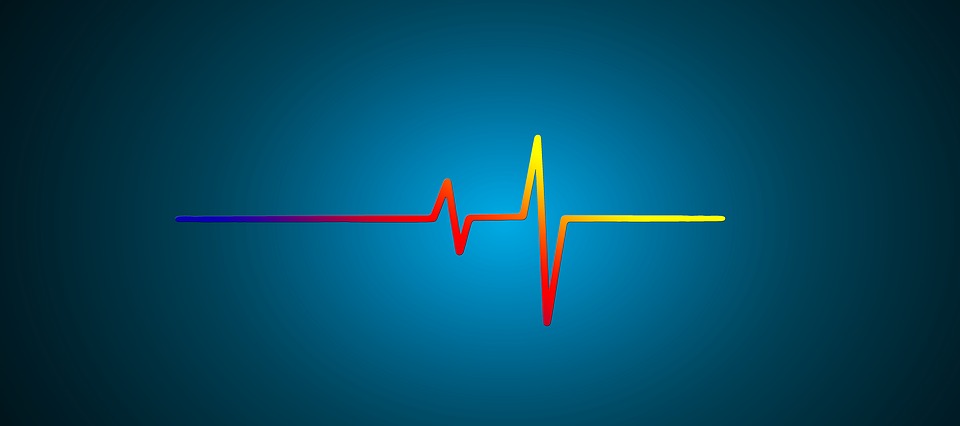Echocardiography, also known as an echocardiogram or cardiac ultrasound, is a non-invasive type of imaging. It uses sound waves to create pictures of the heart and its structures. Doctors use this procedure to diagnose and monitor many heart conditions.
How Does it Work?
The exam uses a transducer a small device that is attached to a wand-like instrument called a transducer probe. The probe works like an ultrasound machine by sending out sound waves at high frequency and then receiving their echoes when they bounce off the different parts of the heart. The echoes are then converted into electrical signals which are displayed on a monitor as images of the heart’s structure and motion.
What Happens During an Exam?
During an exam, you will lie on your back on an examination table while gel is applied to your chest area with the transducer probe placed directly over it. This allows for better transmission of sound waves through your skin tissue so that clear images can be seen on the monitor in real time by your doctor as they conduct their assessment of your heart’s anatomy and function.



